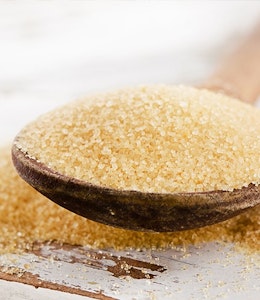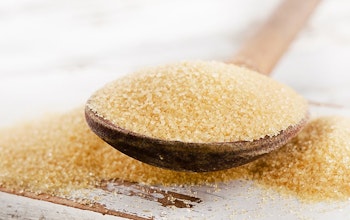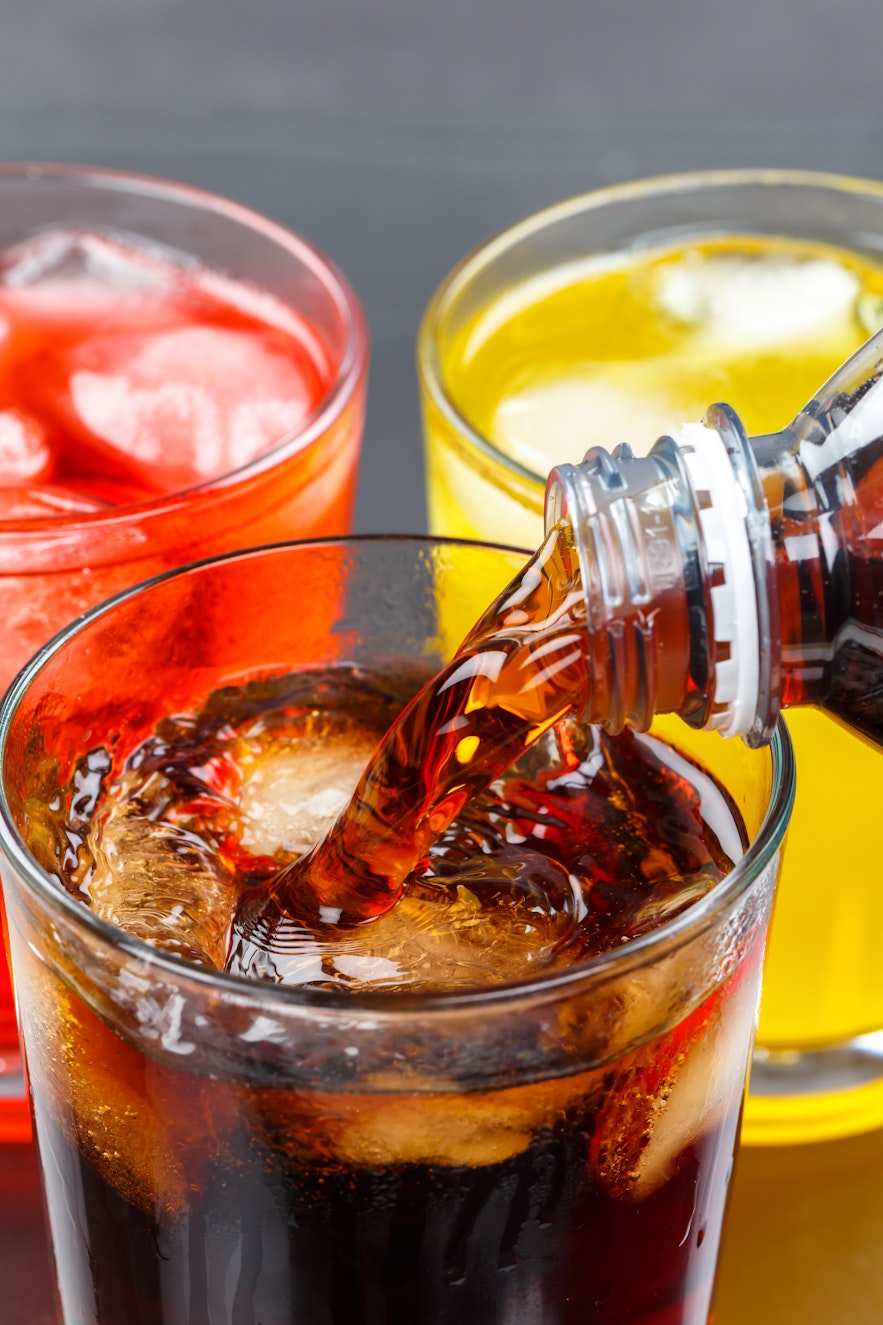What you need to know about Additives

Additives to food and drink are practically inescapable in today’s food landscape - they are used for many different reasons in many different products.
They are also heavily regulated and the Food Standards Agency (FSA) only approves an additive once it has been tested and proven safe for its intended use (and that the use is not misleading to the consumer). The FSA also strictly enforces the law around additives and takes action where and when problems or issues are found.
Manufacturers who use additives in their products are required to provide information about these additives - such as its E number and what it does - on the packaging, in the ingredients list.
Yes, there’s a lot to know and remember when it comes to additives, so we’ve put together this easy guide so you’ve got the basics covered...
What are the different types of additives?
The most common types of food additives - and therefore the most likely to be found on product labels are:
- Antioxidants – prevent food changing colour, and turning rancid or putrid.
- Colours (sometimes known as food colouring) - alter the colour of a food.
- Emulsifiers, stabilisers, gelling agents and thickeners – used in order to better combine or thicken a product’s ingredients.
- Preservatives – keep food fresher and safer for longer.
- Sweeteners – including substances such as stevia and aspartame, which act as a more concentrated alternative to sugar for making a food sweeter.
Warning labels around food colouring
The Food Standards Agency (FSA) funded research into any potential connections between the consumption of food colours and hyperactivity in children, and results indicated that certain artificial food colours could be linked to an increased hyperactivity in some children who consume them.
- These artificial colours are:
- Sunset yellow FCF (E110)
- Quinoline yellow (E104)
- Carmoisine (E122)
- Allura red (E129)
- Tartrazine (E102)
- Ponceau 4R (E124)
Consequently, if a food or drink product does contain any of these colours it must include the following warning on the packaging “May have an adverse effect on activity and attention in children”.
The FSA have reiterated that hyperactivity in children can be caused by factors other than what they eat or drink, but they also encourage Manufacturers to substitute these numbers with other alternatives in their products.
What are E numbers?
When people refer to E numbers they generally mean additives, and it's often in reference to cheap processed foods - which is not entirely correct.
Whilst E numbers are additives, they might be natural chemicals such as antioxidants ascorbic acid (vitamin C) or citric acid, found organically in some types of food and added to others. E numbers may also be man-made and produced to perform a particular technological function in a food - such as preserving it.
E numbers are used and found in many different kinds of food - traditional, luxury, low-cost, innovative and more.
You may also be interested in…


You may also be interested in…
Additives and E Numbers unsuitable for Vegetarians and Vegans
ReadWhat are sweeteners?
Sweeteners are a type of additive used to increase the sweetness of a food or drink. They can range from natural - such as xylitol which comes from the birch tree, to artificial - such as aspartame.
You may also be interested in…


You may also be interested in…
What are the best sugar alternatives?
ReadRegardless of whether they are man-made or natural, sweeteners (like all additives) are evaluated for safety before being authorised for use.
In recent years there has been consumer concern around the effects of some sweeteners such as aspartame on the body, citing symptoms such as headaches and light-headedness. As a result, the FSA commissioned the following research:
“People who self-reported sensitivity to aspartame were either given a cereal bar with or without aspartame; but were not told which bar they had consumed. The results showed that there was no difference in reported symptoms after eating the aspartame containing bar compared to the normal bar.
This study only investigated possible short-term effects of aspartame consumption. The European Food Safety Authority (EFSA) opinion concluded that aspartame and its breakdown products are safe for the general population, at current levels of exposure.”
It should be noted however that people who are diagnosed at birth with phenylketonuria should avoid aspartame and aspartame-acesulfame salt entirely.
What are the rules around Caffeine?
Caffeine is a central nervous system (CNS) stimulant often added to food and drink for its cognitive enhancing effects, but sometimes added to a food or drink for flavour reasons.
If enough caffeine has been added to a food or drink to qualify it as a “high caffeine drink or food” and the caffeine has been added for a physiological effect, it must comply with labelling requirements of The Food Information (Regulation No 1169/2011).
Drinks that contain caffeine from whatever source at a level over 150mg per litre (mg/l) must declare “High caffeine content. Not recommended for children or pregnant or breast-feeding women” on the label, in the same field of vision as the name of the product, along with the amount of caffeine expressed in mg per 100ml.
Foods (other than drinks) to which caffeine is added for a physiological purpose must state “Contains caffeine. Not recommended for children or pregnant women” in the same field of vision as the name of the food along with the amount of caffeine in mg per 100g or per 100ml.

Foods and drinks that use caffeine as an additive for flavour (and not physiological purposes) do not need to comply with these requirements. Instead, they are required to adhere to the flavouring legislation (Regulation No 1334/2008).
This piece of legislation limits the use of caffeine for flavouring purposes and has set maximum amounts of the additive allowed to be used, depending on the particular food or drink. For a soft drink like cola the maximum amount of added caffeine permitted is 150 mg/l.
Additionally, the labelling legislation (Regulation No 1169/2011) dictates that where caffeine is used as a flavouring, the term “caffeine” must appear after the word ‘flavouring(s)’ in the list of ingredients.
“The British Soft Drinks Association has a voluntary Code of Practice on energy drinks, which suggests that the term 'Consume Moderately' (or similar words) should be included on the label and that such products should not be promoted or marketed to those under 16 years of age.” The FSA
What are nitrites and nitrates?

Nitrites and nitrates are chemicals that stop the growth of bacteria and can also enhance a food or drinks flavour. Nitrites and nitrates are both naturally occurring, and can be found in the air, soil and water as well as vegetables like spinach, lettuce and celery.
Nitrites and nitrates can also be used as a food additive (although for most people their consumption of nitrites and nitrates will predominantly come from natural sources) and have the E numbers (E 249 – E 252) respectively. They are added to certain cheeses and processed meats (particularly bacon and ham) to enhance the “cured” flavour these foods have, but also to reduce the growth of harmful microorganisms.
The FSA has some further information on how they view nitrites and nitrates. They say:
“The FSA considers that existing levels of nitrites and nitrates are sufficiently protective for consumers. This is based on the view of the independent committees that advise the FSA, the rest of Government, and other scientific organisations such as the European Food Safety Authority (EFSA). These preservatives can only be used at the lowest effective levels which are kept under review. Sodium and potassium salts of nitrite (E 249-250) and nitrate (E 251-252) were re-evaluated by EFSA in 2017; following which it advised that nitrites and nitrates intentionally added at permitted levels to meat and other foods remain safe.”
Further resources
FSA guidance on food additives
EFSA confirms safe levels for nitrites and nitrates added to food
You may also be interested in…


You may also be interested in…




